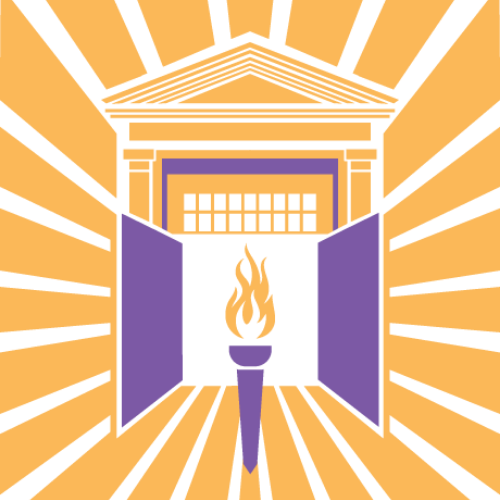Honoring Thurgood Marshall
Written by Megan Zalecki
This post was originally published to our social media platforms on Jan. 24, 2024
There’s no question that Thurgood Marshall (July 6, 1908– January 24, 1993) was a pillar in the fight for civil rights. He’s renowned for his critical work as an attorney for the NAACP in the historic U.S. Supreme Court case Brown v. Board of Education, which ruled that segregation in public schools was unconstitutional in 1954. He also became the first Black Supreme Court justice in 1967. But did you know Marshall was influential in Pulaski’s fight for civil rights and is connected to the history of Calfee Training School as well?
As counsel for the NAACP in the late ‘30s, Marshall fought for equalized salaries for African Americans in Maryland. In 1937, he began working to organize the effort for equalization in Virginia as well and sought teachers to sign on as plaintiffs. He presented at the Virginia State Teachers Association conference in 1937, where Calfee Training School principal Chauncey Harmon was in attendance.
Harmon, who at that time was navigating the challenges of dilapidated conditions at Calfee and an indifferent and neglectful school board in Pulaski, decided to sign on as a plaintiff in 1938. Harmon and Marshall exchanged letters that summer and with Virginia NAACP attorney J. Thomas Hewin began work to bring petitions against the Pulaski school board focused on equalized facilities and equalized pay for teachers.
Hewin appeared along with a crowd of supporters before the Pulaski school board in early 1939, where he made the case for equalization. Chauncey Harmon served as plaintiff for the petition for equalized facilities (the original Calfee school structure having burned at this point, the petition was for the new structure to be built equal to the amenities white schools enjoyed). Fellow Calfee teacher Willis Gravely was a plaintiff for equal pay for African American teachers in Pulaski. Through their hard work in community organizing and the bravery of Calfee teachers and parents, over 200 people signed the petition for equalized facilities.
The school board ultimately decided to build the new Calfee Training School as a grade school and bused African American high school students miles daily to Christiansburg Institute. Harmon and Gravely lost their jobs, and the new school building opened for the 1939-1940 term. Later, in 1947, Dr. Percy Corbin sought support from Virginia NAACP attorneys Oliver Hill and Spotswood Robinson to file a suit against the school board for discrimination due to the blatant disparities between Pulaski County's Black and white schools, particularly when Black schools were compared to the schools in the Towns of Dublin and Pulaski.
These critical equalization cases led by Thurgood Marshall and the NAACP have been described as a necessary step to attack and eventually dismantle school segregation by laying the groundwork for the pivotal Brown v. Board case.
Sources:
N. Wayne Tripp, “A Case Study of Chauncey Harmon,” Calfee Training School Museum Digital Archive, accessed January 21, 2024, https://calfee.omeka.net/admin/items/show/22.
”Thurgood Marshall,” NAACP,
accessed January 21, 2024, https://naacp.org/find-resources/history-explained/civil-rights-leaders/thurgood-marshall
Image: The Library of Congress from Washington, DC, United States, No restrictions, via Wikimedia Commons

